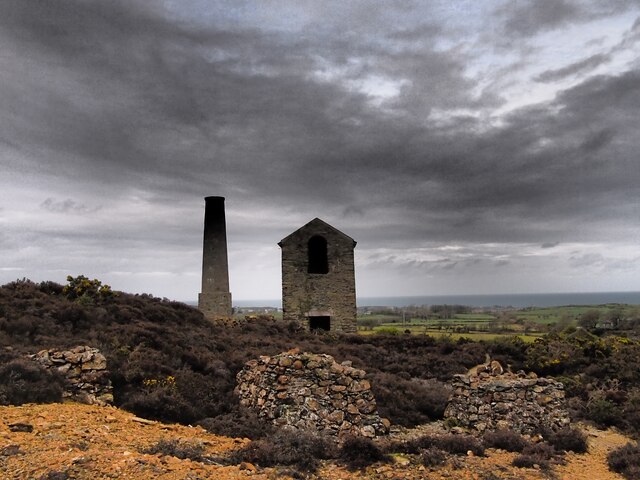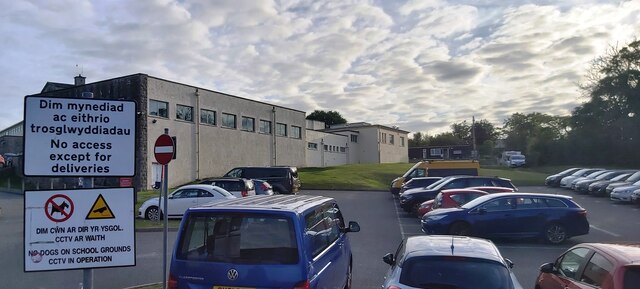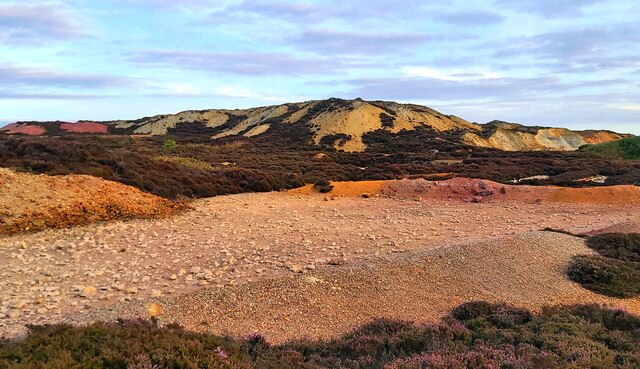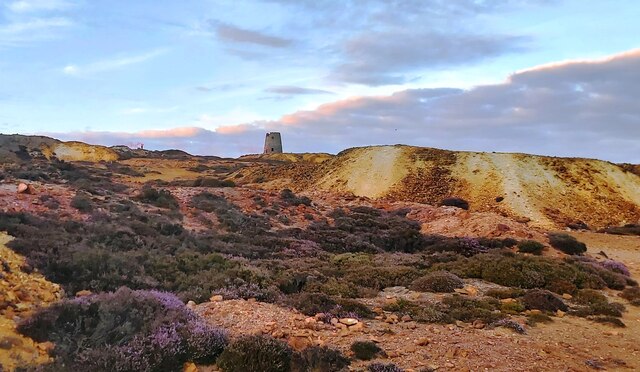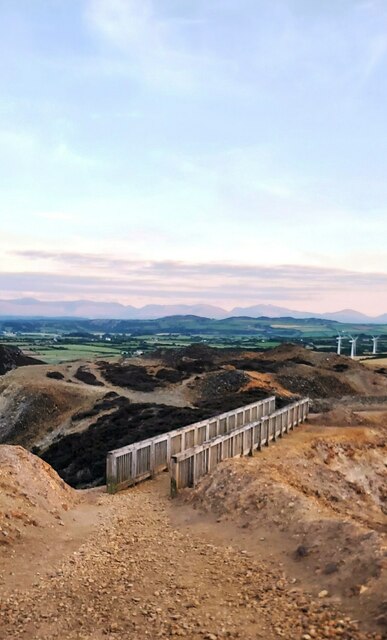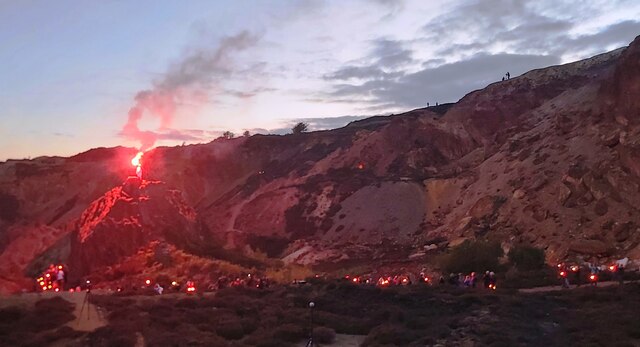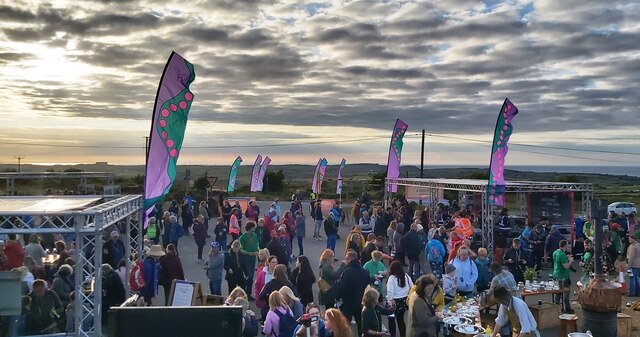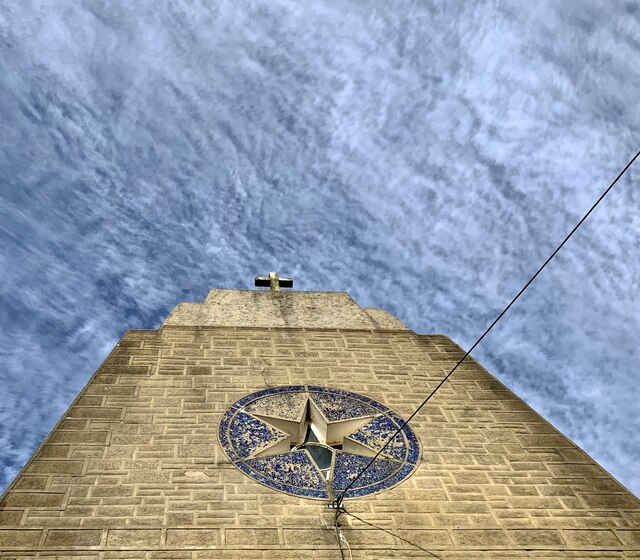Penlon
Settlement in Anglesey
Wales
Penlon
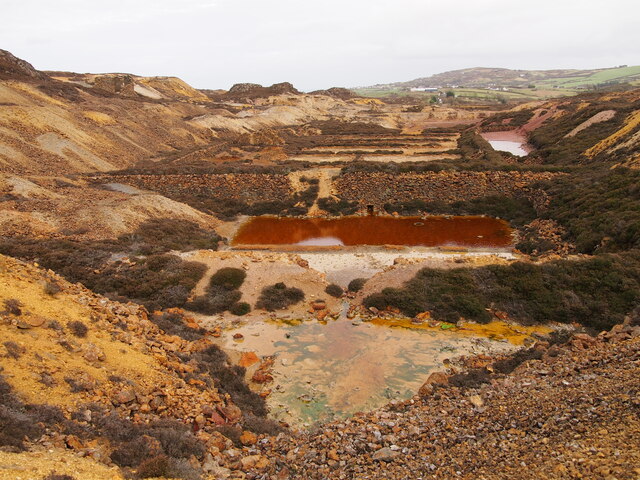
Penlon is a small village located on the Isle of Anglesey in North Wales. It sits on the western coast of the island, approximately 6 miles northwest of the town of Holyhead. With a population of around 300 residents, Penlon is a close-knit community known for its picturesque surroundings and tranquil atmosphere.
The village is surrounded by stunning natural beauty, with rolling hills and fields stretching as far as the eye can see. The nearby coastline offers breathtaking views of the Irish Sea, and the village is a popular destination for those seeking to explore the rugged cliffs and sandy beaches that Anglesey is renowned for.
Penlon is primarily a residential area, with the majority of its inhabitants working in nearby towns and villages. The village itself is dotted with traditional stone houses, many of which date back several centuries, adding to its charm and character. There is a small local shop that caters to the everyday needs of residents, and a community center that hosts various events and activities throughout the year.
For those who enjoy outdoor pursuits, Penlon offers ample opportunities for walking, cycling, and birdwatching. The surrounding countryside is crisscrossed with footpaths and bridleways, making it easy to explore the area's natural wonders. Additionally, the village is within close proximity to several tourist attractions, including the historic South Stack Lighthouse and the picturesque town of Trearddur Bay.
Overall, Penlon is a serene and idyllic village that provides a quiet retreat for its residents and visitors alike. Its natural beauty, friendly community, and convenient location make it a desirable place to live or visit on the Isle of Anglesey.
If you have any feedback on the listing, please let us know in the comments section below.
Penlon Images
Images are sourced within 2km of 53.395388/-4.344197 or Grid Reference SH4491. Thanks to Geograph Open Source API. All images are credited.
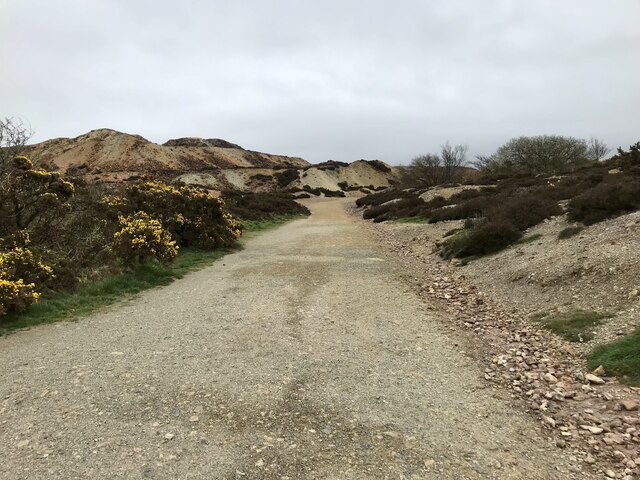
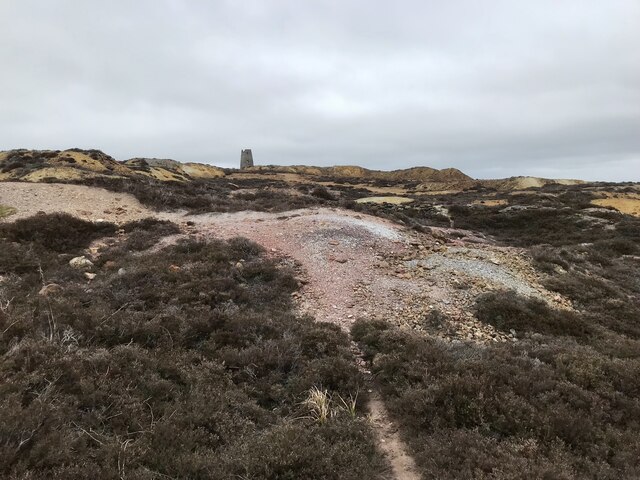
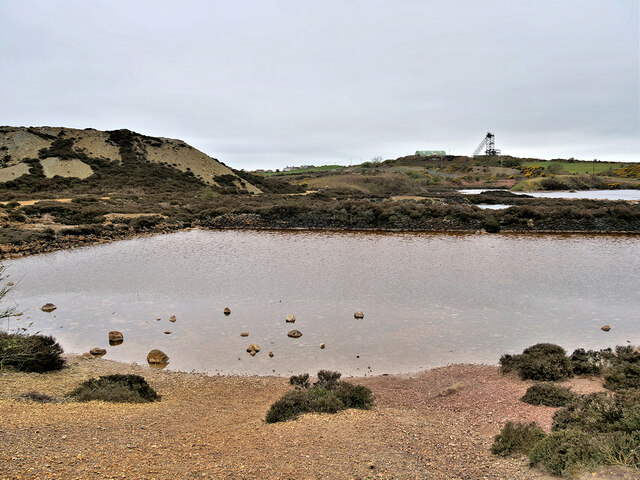
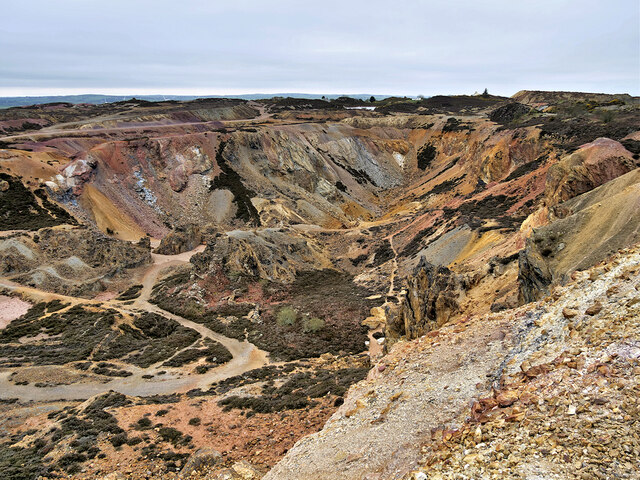
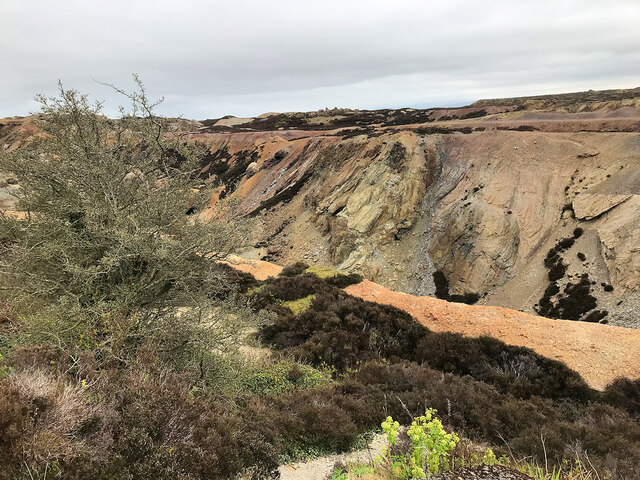
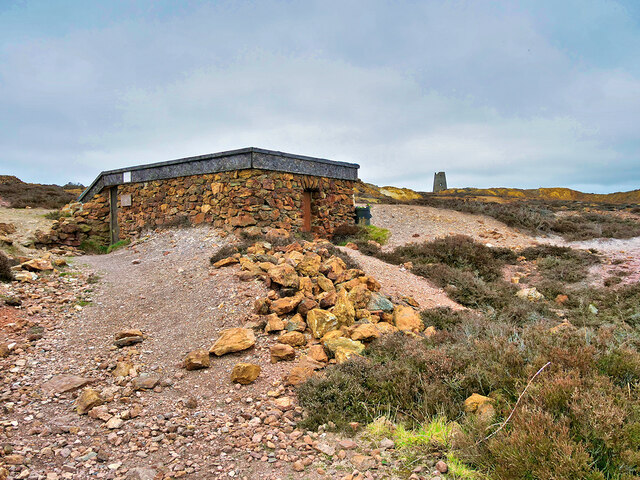
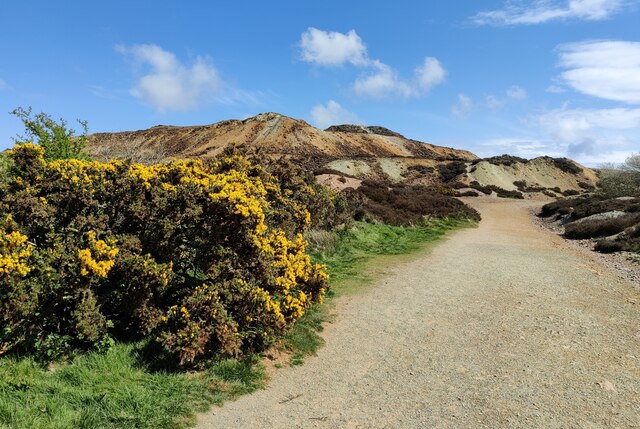
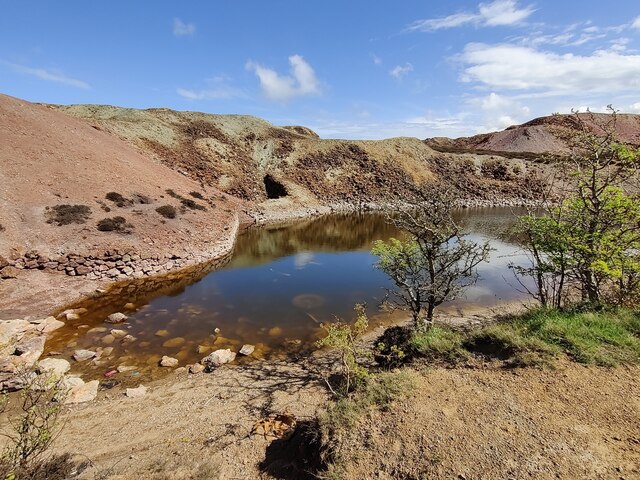
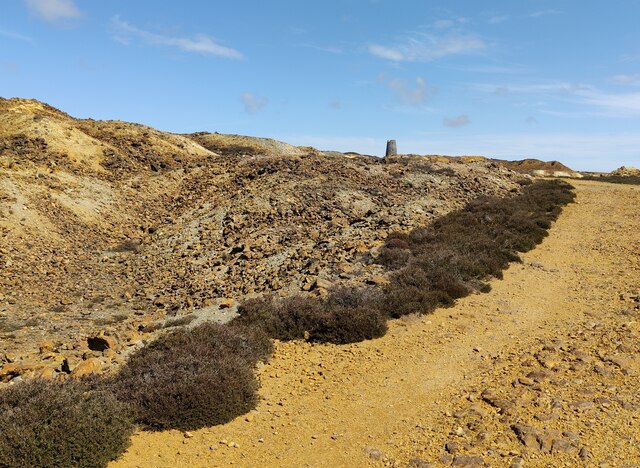
Penlon is located at Grid Ref: SH4491 (Lat: 53.395388, Lng: -4.344197)
Unitary Authority: Isle of Anglesey
Police Authority: North Wales
What 3 Words
///premises.radiating.quickly. Near Amlwch, Isle of Anglesey
Nearby Locations
Related Wikis
Parys Mountain Windmill
Parys Mountain Windmill is a Grade II listed building located on the highest point of Parys Mountain near Amlwch, Anglesey, Wales. The structure was built...
Tyddyn Dai
Tyddyn Dai is a hamlet in the community of Amlwch, Anglesey, Wales, which is 141.4 miles (227.6 km) from Cardiff and 220.7 miles (355.1 km) from London...
Melin Adda
Melin Adda is a windmill near Amlwch, Anglesey, (OS reference: SH 440921) which was built in the 1790s and closed down in 1912. The mill was turned into...
Ysgol Syr Thomas Jones
Ysgol Syr Thomas Jones is a mixed bilingual community school for pupils between 11 and 18 years of age in the Pentrefelin area of Amlwch, Anglesey. The...
Nearby Amenities
Located within 500m of 53.395388,-4.344197Have you been to Penlon?
Leave your review of Penlon below (or comments, questions and feedback).
